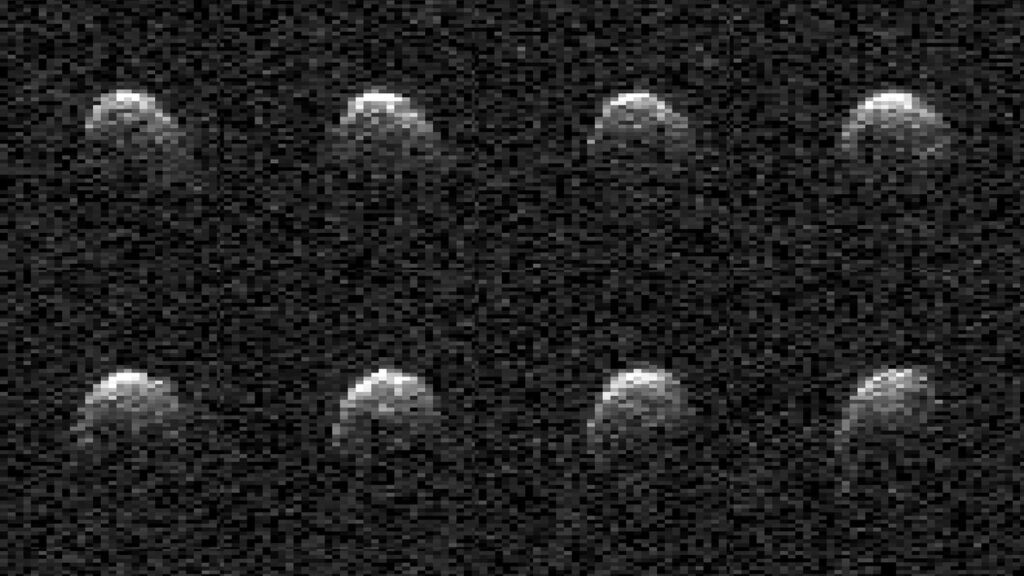astronomy
NASA’s Vigilance: Tracking Menacing Asteroids in Our Cosmic Neighborhood
“NASA’s vigilant gaze scans the skies, capturing detailed views of menacing asteroids like 2008 OS7, ensuring Earth’s safety from cosmic threats.”
In the vast expanse of space, NASA’s unwavering watch over the skies has once again highlighted the importance of tracking potentially hazardous asteroids. Recently, the space agency turned its gaze towards asteroid 2008 OS7, a formidable rock ranging from 650 to 1,640 feet (200 to 500 meters) in diameter. Despite its imposing size, this celestial visitor came within a relatively close distance of 1.8 million miles (2.9 million kilometers) from Earth in early February.

Credit: NASA/JPL-Caltech
Thankfully, meticulous observations by NASA’s Jet Propulsion Laboratory confirmed that this asteroid’s trajectory posed no imminent threat to our planet. While the proximity of 2008 OS7 may seem disconcerting, it was reassuring to learn that the calculated distance was a safe 7.5 times the span between Earth and the moon.
Utilizing sophisticated technology such as the Goldstone Solar System Radar in the California desert, NASA scientists captured detailed images of the asteroid, shedding light on its size, rotation, shape, and surface features. These radio telescopes, with their massive arrays of dishes, play a crucial role in enhancing our understanding of near-Earth objects and assessing potential risks they might pose.
Despite the vast number of asteroids scattered throughout our solar system, the current cosmic landscape is relatively calm compared to the tumultuous era of its formation billions of years ago. Dr. Sally Dodson-Robinson, a planetary scientist at the University of Delaware, emphasized this shift, highlighting the violent collisions and formations that shaped the solar system in its early stages.
In essence, NASA’s continuous surveillance of the heavens serves as a beacon of preparedness and scientific advancement, ensuring that we remain vigilant against potential cosmic threats. As we navigate the mysteries of our universe, these efforts underscore the importance of monitoring and understanding the dynamics of celestial bodies to safeguard our planet and advance our knowledge of the cosmos.
Source: NASA/JPL and Mashable
https://www.jpl.nasa.gov/news/nasas-planetary-radar-images-slowly-spinning-asteroid
https://mashable.com/article/nasa-asteroid-images-pass-near-earth
The science section of our news blog STM Daily News provides readers with captivating and up-to-date information on the latest scientific discoveries, breakthroughs, and innovations across various fields. We offer engaging and accessible content, ensuring that readers with different levels of scientific knowledge can stay informed. Whether it’s exploring advancements in medicine, astronomy, technology, or environmental sciences, our science section strives to shed light on the intriguing world of scientific exploration and its profound impact on our daily lives. From thought-provoking articles to informative interviews with experts in the field, STM Daily News Science offers a harmonious blend of factual reporting, analysis, and exploration, making it a go-to source for science enthusiasts and curious minds alike. https://stmdailynews.com/category/science/


